
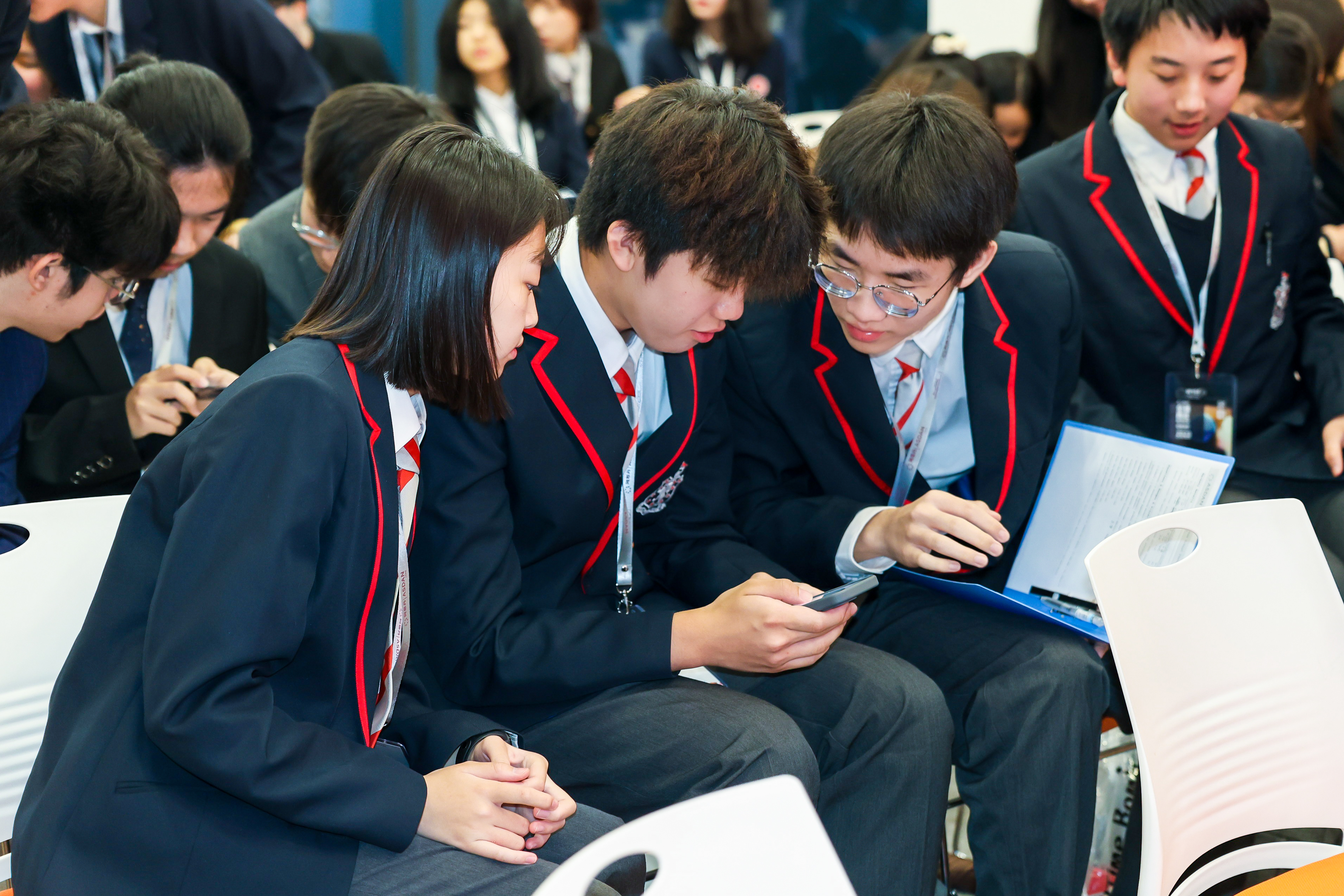
Year 9 students in Economics and Business Studies class have been working on the topic of poverty. This topic is related to economic development and students began through comparing how a similar level of income may not necessarily have the same purchasing power. Different countries have different costs of living, as a result $1000 in one country cannot buy the same combination of goods in another.
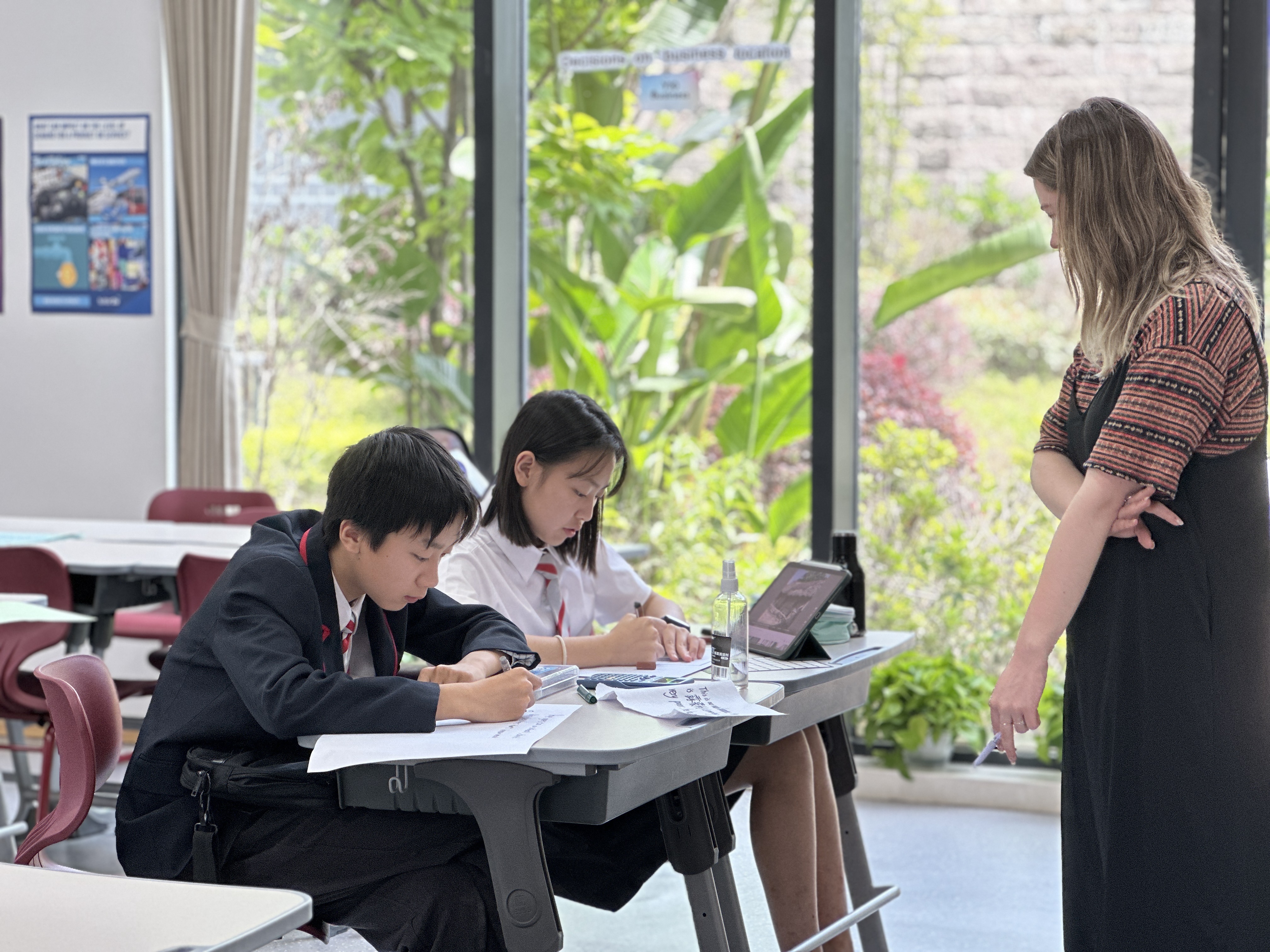
Firstly, when introducing the students to the concept of poverty, they were asked to compare the living standards of a worker who earns $1000 per month in Singapore and a worker who earns $10,000 per month in Singapore. Daisy H and Ray S concluded that, while the worker who earns $1000 per month in Singapore can still meet their basic needs, they are still relatively poor, as a result of the high living standard in Singapore. Students then used the knowledge they gained in this activity and to intuitively write their own definitions of 'absolute poverty' and 'relative poverty'; with the former being an inability to meet basic needs, and the latter being a state of relative deprivation.
Following from this, Daisy H and Ray S were asked to consider a poverty trap scenario: why is it so difficult for those whom are in poverty to escape it? Students brainstormed various answers such as poor healthcare, poor education, low wages and then used these ideas to create their own poverty trap story.
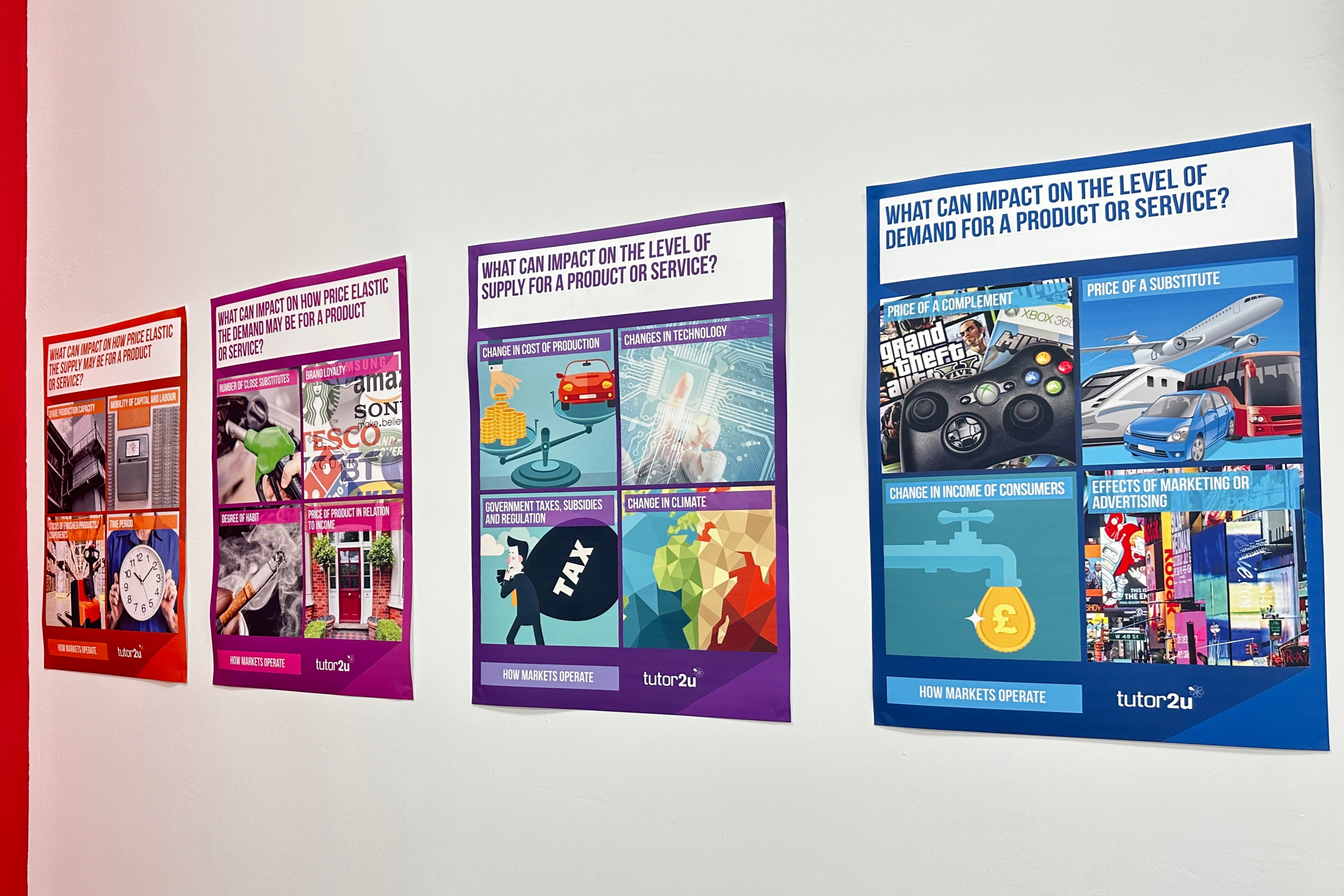
It is important to relate economic theory to the real world, while allowing students to be creative and independent. Daisy H and Ray S worked together and used their imagination to create a cartoon strip. The protagonist of their story was a man called Mr. No Money, and analysed the barriers he faces to escape poverty: his low education and poor health result in lower skills and fewer opportunities for him to get a higher paid job, this results in a poverty trap, with him and future generations of his family remaining poverty. Students really enjoyed combining their creativity with economic theory. They worked very hard over several class periods to prepare their project and presented their ideas during their last period of the term.
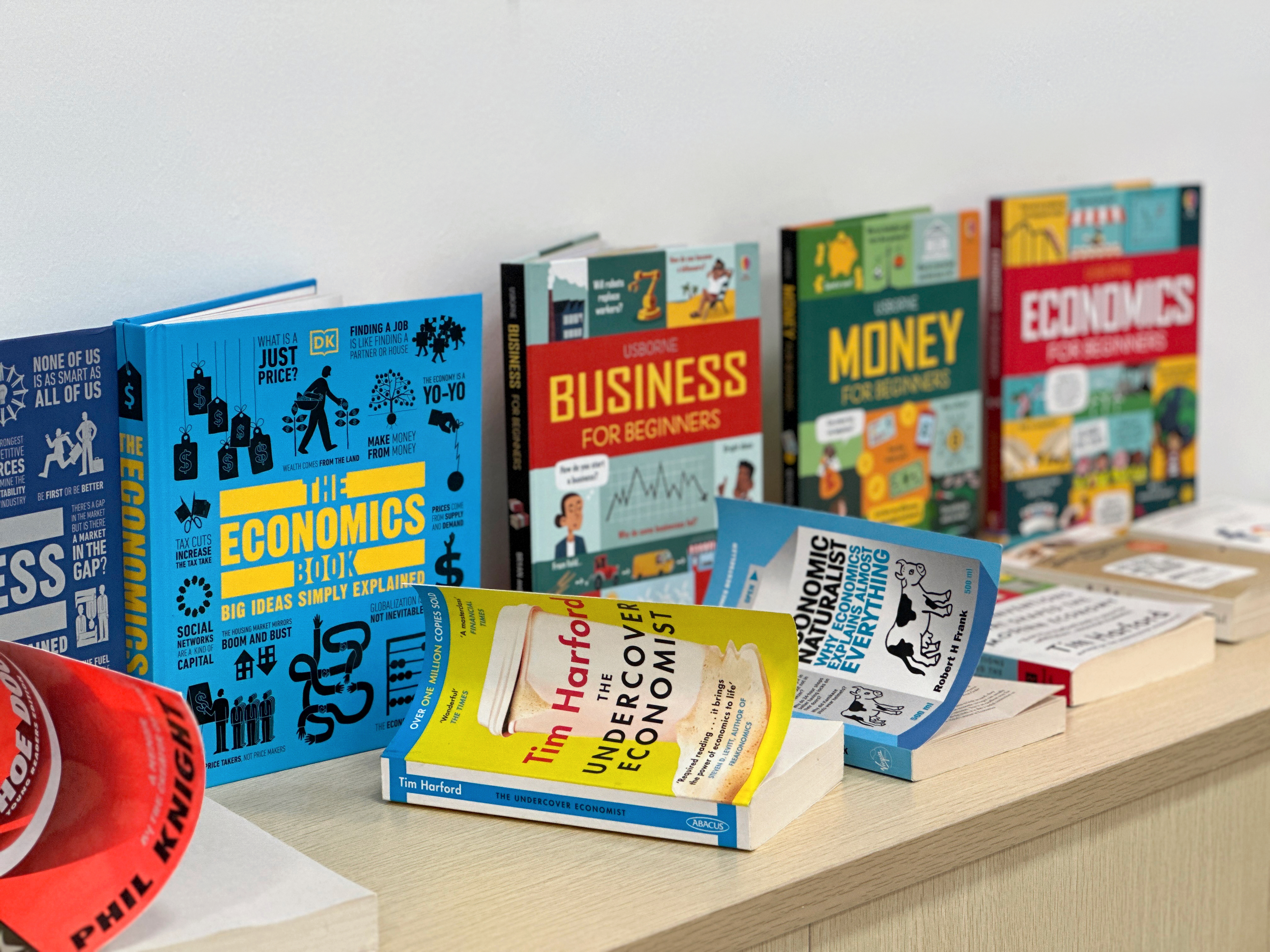
• Students participating in the classroom discussion.
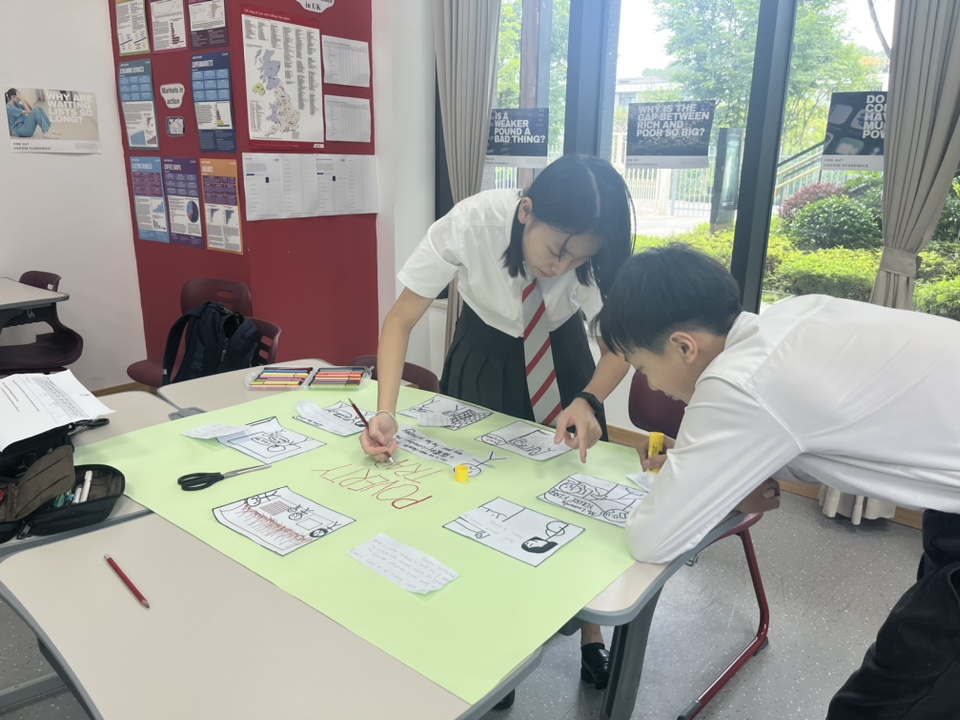
• Final Project

